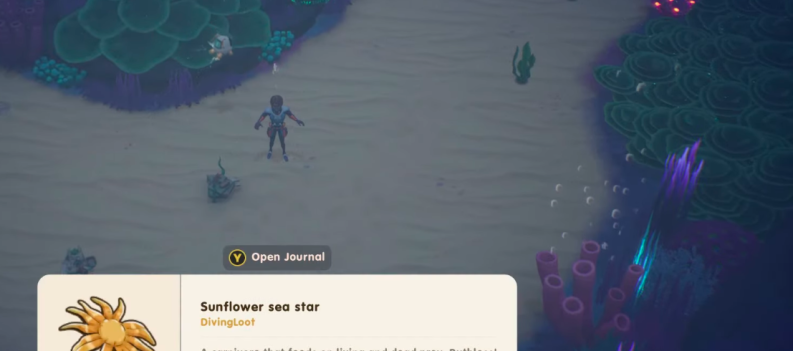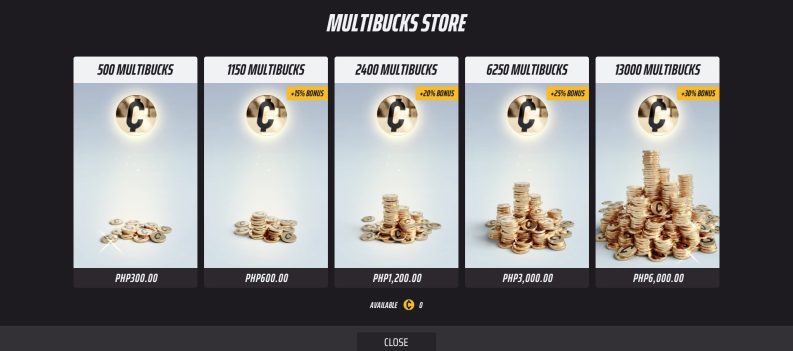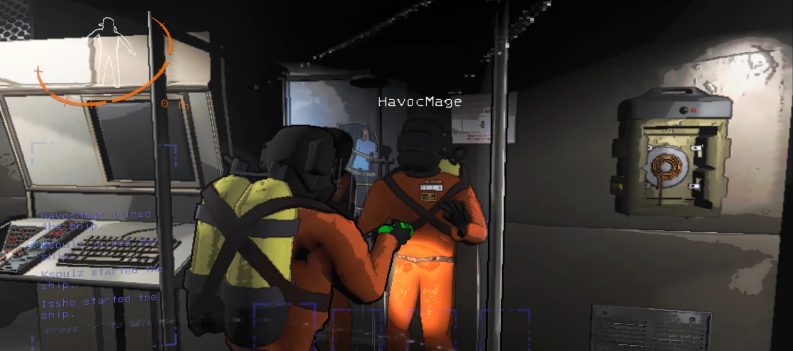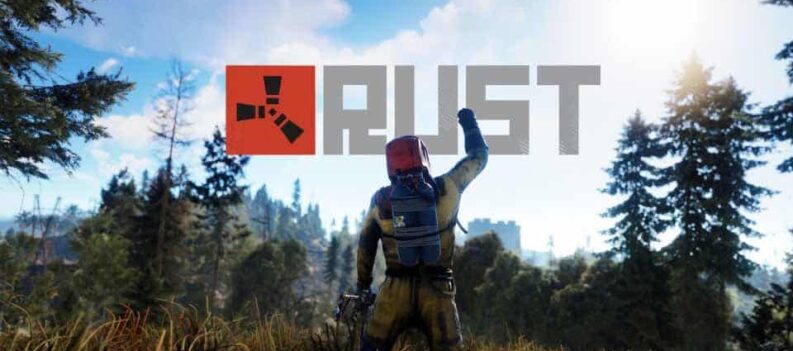Koei Tecmo’s entry for longest title of 2016, Nobunaga’s Ambition: Sphere of Influence – Ascension (hereafter referred to as NA: SOIA), released at the end of October on PS4. Our reviewer has spent the past few weeks delving deep into the campaigns of this historical grand-strategy title to bring you our review. Tortured metaphor incoming in 3, 2, 1… has Nobunaga’s ambition united the warring states of our opinion or does it overreach and fall dead on the march? We’re not sure what that means either, best join us below so we can explain.
Grand strategy is not something we see translated to the console market all too often. The closest approximation to this style of game that you could name on PS4 would be the Grand Ages series but even that doesn’t quite capture the style of a game like Nobunaga’s Ambition. If like me you ever dabble in the dark side (PC gaming), you may be more familiar with the genre, series like Creative Assembly’s Total War are much more popular with the mouse and keyboard crowd. As a fan of the genre, I was pleased to see an offering on my console of choice and eager to jump into the role of a retainer in Edo period Japan. The game that awaited me does not disappoint in terms of depth and strategic options but it does fall down in presentation and accessibility. Read on with me, if you will, as I discuss why Nobunaga’s Ambition is somewhat larger than his grasp.
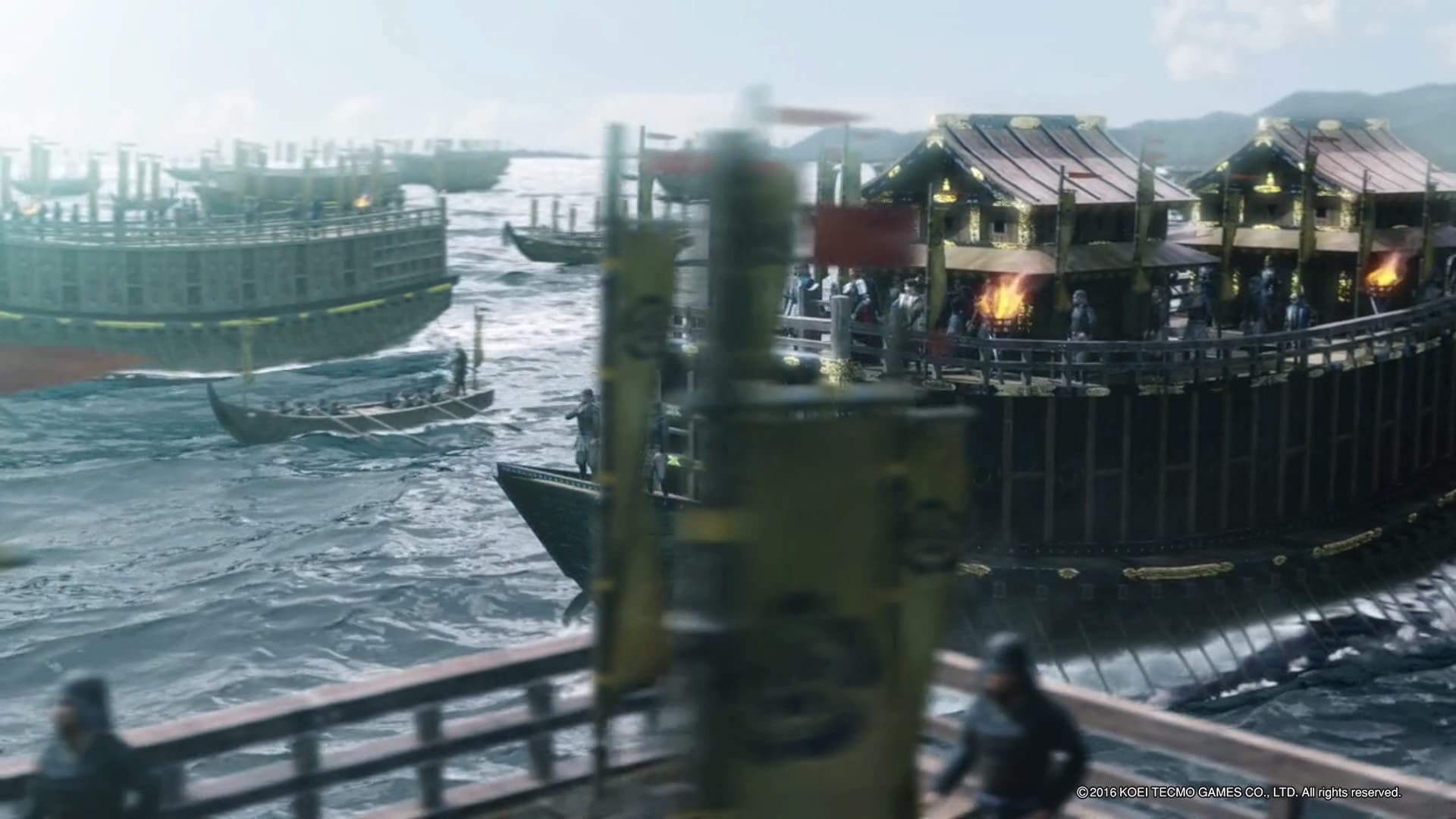
The gameplay style of NA: SOIA will be familiar to anyone who enjoys placing themselves in the role of a commander. You’ll start with control of a province, build facilities, appoint officers, gather resources, accrue population and troops and eventually wage war or make peace with your neighbours. The way this happens is Nobunaga’s Ambition is interesting in concept; you pick a specific officer – a somewhat romanticised version of an actual historical figure of the Sengoku era – from a set roster. This then places you in control of the relevant clan and initiates a scenario based on your choice. You’ll then be given an objective to complete that ties into the history of that officer, perhaps capturing a castle or intercepting an army at a specific point. Completing this mission will then allow you to progress with the historical storyline. This gives some framing and context to your campaign but at the same time you are not tied into these objectives. If you simply want to further the ambitions of your clan, conquer enemy territory, or work on diplomacy, you can. Fail your objective and the game doesn’t end, time simply goes on with events unfolding based on the actions of you and the various AI factions.
As you progress through your campaign you’ll gain admiration from your Liege Lord and eventually rise in rank from Officer to Daimyo. You’ll do this by completing successful actions like taking a castle or capturing a province and each rank grants you more power – more officers under your command, more territory to control, more diplomatic options and construction options, and so on. There is no real indication of your lord’s esteem, however, which is a little confusing but progress seems to occur naturally enough that it’s not too much of a hindrance. The other aspect of gameplay is unit to unit combat; this can either occur on the overworld map when two armies meet – represented by the two groups exchanging fire, or in separate scenarios where you will take direct command of units on the battlefield. The separate scenarios offer an interesting form of real-time strategy combat, you’ll be issuing move, attack, formation, and ‘tactics’ orders to your units in the heat of battle, though a tactical pause button gives you a breather to consider your strategy if you need it. The tactics mentioned represent the special abilities of your commanding officers and often provide a way to give a struggling unit an edge like a boost to attack or a speed increase. Your enemy can use them too, however, so careful timing is required.
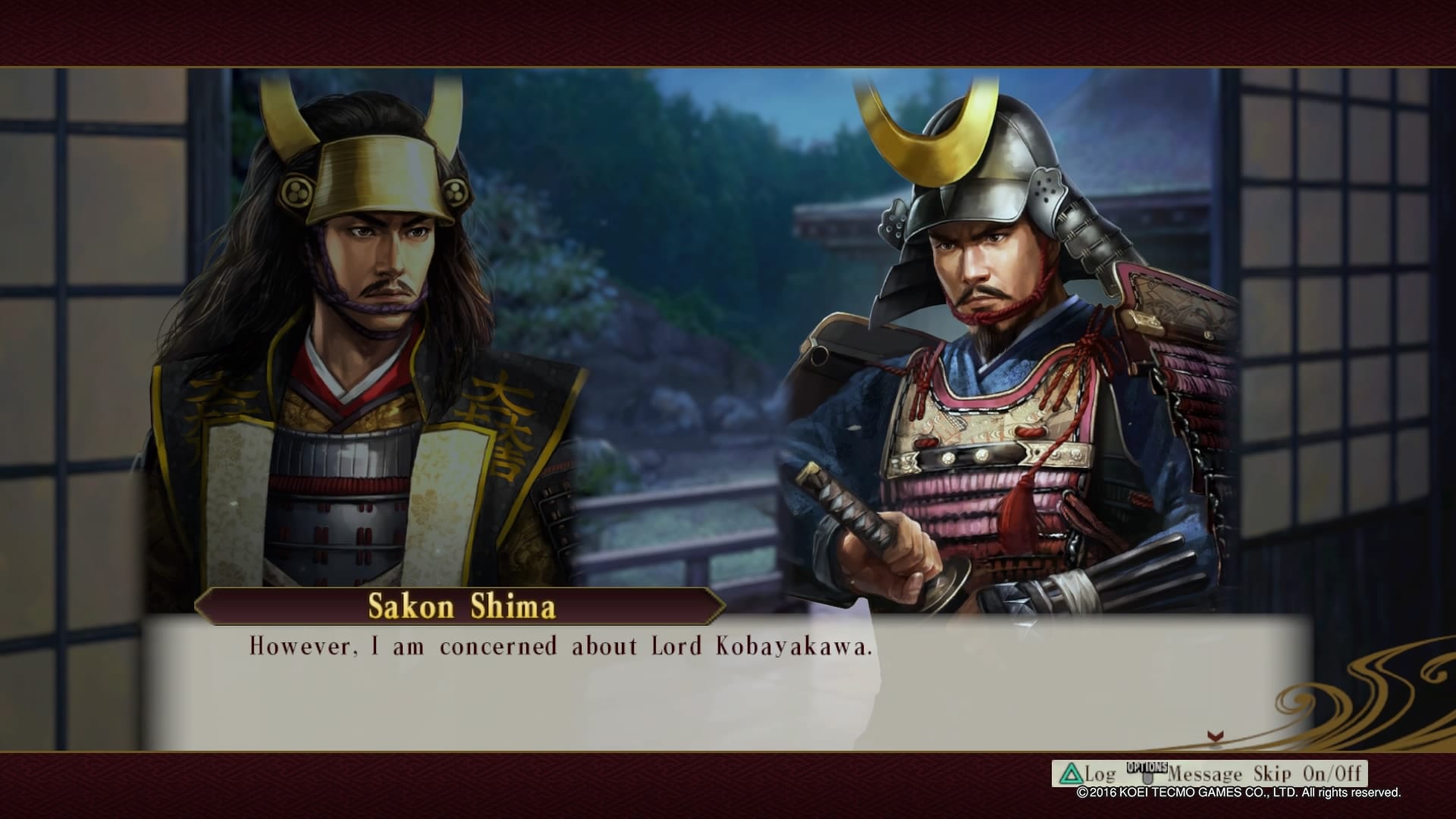
Both components of the gameplay work well, on the overworld map you’ll be able to oversee all your strongholds and give orders across your domain easily. The game even allows you to delegate the operation of a castle or province to one of your subordinates and let them manage it themselves. The AI is incredibly competent too, on lower difficulties you can set up an almost autonomous system and simply advance time to let it unfold. Your retainers will happily wage war in your name and a monthly council meeting will keep you up to date with what’s going on and allow you to approve or deny requests from your subordinates. Making sure all this runs smoothly requires fitting an officers stats to his job but also managing loyalty. A retainer with high loyalty will fight harder and perform better but a low loyalty will mean failure to carry out orders or even betrayal. Getting all this right creates a great sense of being in charge of something larger than just your character, where it falls down is that getting to that stage requires a lot of menu-diving, trial and error, and reading massive text-dump tutorials to even begin to understand what is going on.
The decision to forego any kind of tutorial mission or campaign represents a significant flaw here. NA: SOIA is a deep game with a lot of different systems at work. A way of easing a player into this by guiding them through certain basics before allowing them to discover more complex mechanics on their own would have been greatly appreciated. Not least as the first Nobunaga’s Ambition title on PS4 went relatively unnoticed back in 2013, so it’s not as though there’s a huge install base already familiar with these mechanics. Instead, you find yourself presented with everything in one go and you’ll find a good half hour’s worth of explanatory text to read through as you make those first few tentative steps through the menus. The information is present if you look for it, so it’s not too difficult to get to grips with but the style of your introduction to the gameplay will put some players off and serves to alienate anyone not proficient in the grand strategy genre.
Combat is not visually stunning but it is tactically engaging. I found the ‘event battles,’ historical battles such as Ieyasu Tokugawa’s famous victory at Sekigahara, to be a personal highlight. In these pitched battles, massive armies wage war with various units of troops under your control. You can switch from an overview showing a representation of your units and their formation to zoom right in to your individual troops on the field. You won’t find the detailed, one on one, combat animations of the high-budget PC end of the genre but it would be difficult to expect that even with the power of the PS4. What is there is a decent visual representation of two large armies skirmishing and damage numbers and unit and army health bars make it easy to keep track of how you’re doing. The other main type of pitched battle is castle attack or defence. These add in fortifications and enemy defence points that mean a small number of troops can potentially defend against a larger army. Again, they add yet another layer of tactical depth to pour over. The only problem is that these battles are relatively rare and can only be manually activated at certain times, such as when surrounding an enemy stronghold. Practically, the games’ balancing also makes this method of taking castles unattractive as it usually presents a lower risk to just surround an enemy castle and wait them to death. The addition of naval battles adds a little more variety to combat scenarios, though they are functionally similar to other battle types.
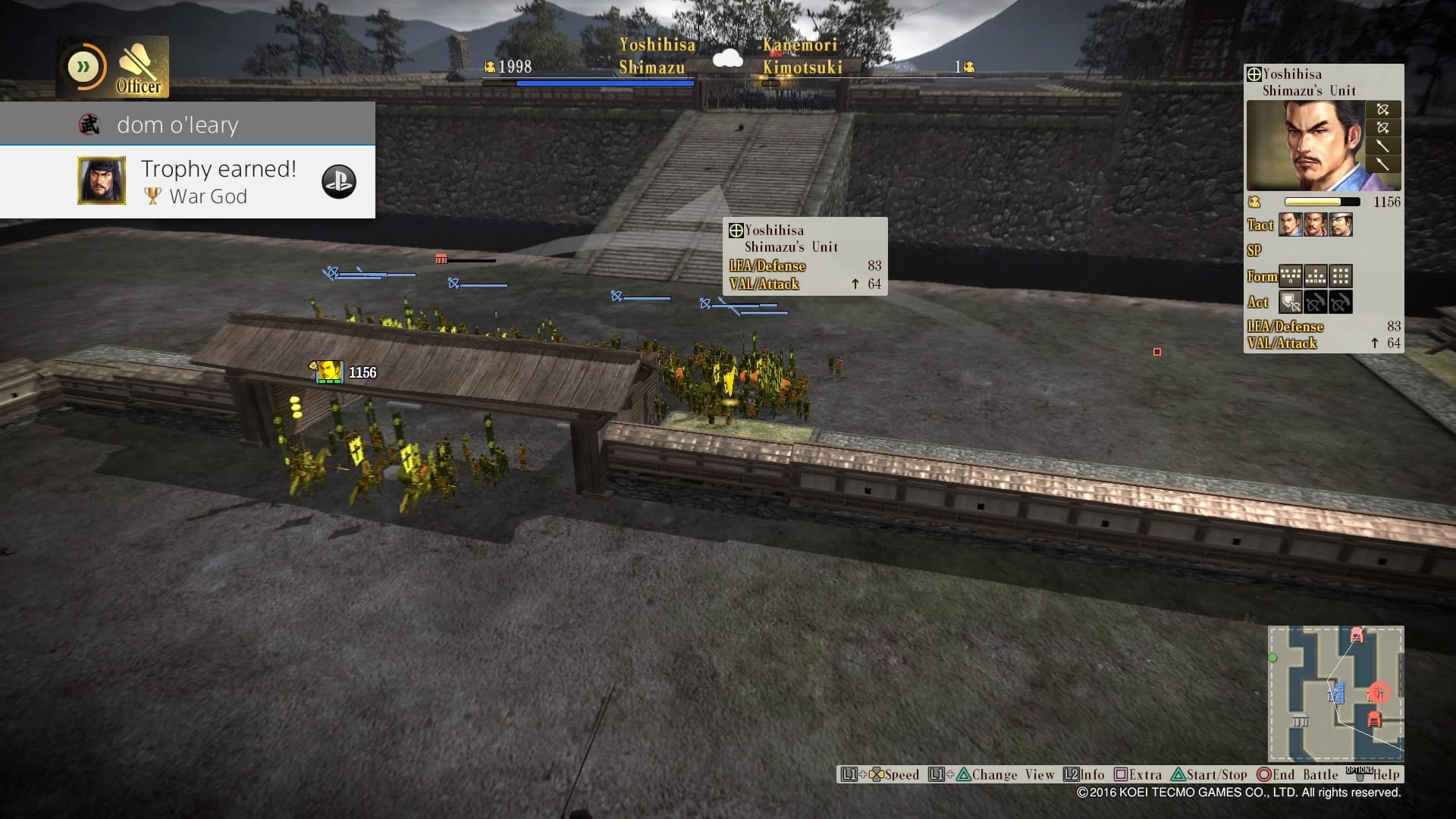
The ability to either follow a storyline or do your own thing means that the potential for replayability in this game is huge. You can also tweak almost every aspect of the campaign settings to give yourself a greater challenge or interesting scenario to complete. These include big things like the number of territories under your control and resource gains, to little things like whether to allow custom officers or randomly generated maidens for your officers to marry. You can also create your own officers and place them into the game, even going so far as to edit their biographies to your liking. In another interesting creation feature, you can edit your own scenarios and either insert them into your campaign or share them online. This feature is absolutely packed with options; pick specific actions – say, a request for an alliance, the results of those actions – maybe a refusal leads to conflict, then edit the clans or officers involved, and even create custom dialogue to be played in the game’s hand-drawn static cutscene style. You can set several of these actions and under what conditions they will activate, then bundle them into an ‘event set’ and activate another option which allows you to trigger them during one of your campaigns. Or, if you’re childish like me, you can just use it to make your retainers randomly offer each other oral gratification in exchange for gifts.
There are no alternate game modes as such, with the main single player option offering many ways to play, but outside of the campaign you can find a wealth of information on the history of the period of feudal Japan that the game focuses on. Officers, bases, and battles all have historically accurate descriptions – many of which you can see played out during your campaign. History buffs will get a kick out of the title, though the way these stories are presented could have used a bit more visual flair. There’s a nice, painterly style to the character and scenery drawings but watching various Lords talk about honour and self-sacrifice over static images gets to be a bit of a drag over extended periods. As mentioned, the visuals in combat are a little basic, with environments especially looking quite bland. On the overworld map the presentation is a little more palatable, nice details like weather or flocks of birds help bring the map to life and representations of borders, allies, enemies and castles are all clear and visually distinct.
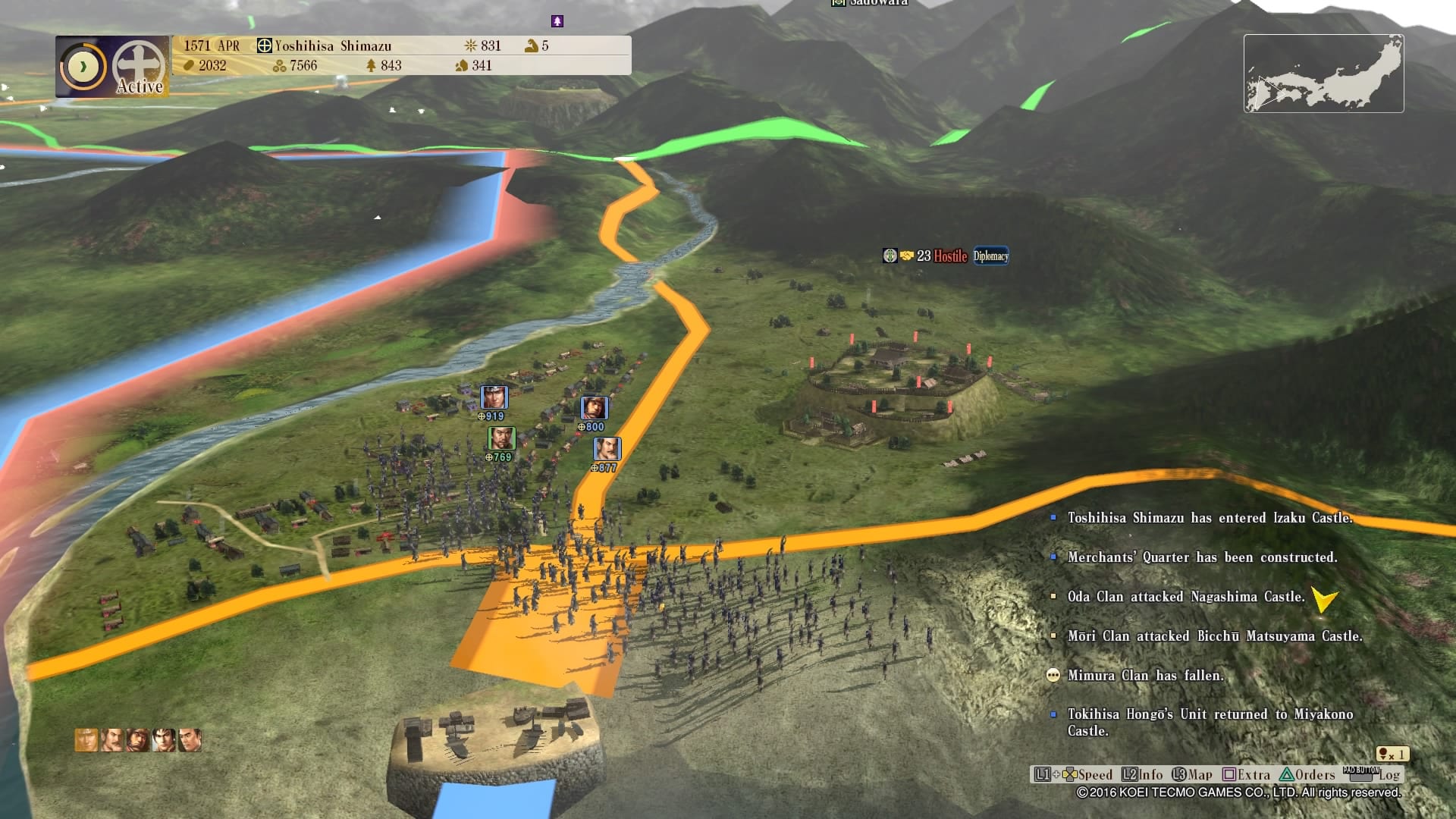
The music of Nobunaga’s Ambition deserves a special mention. The surprisingly memorable orchestral score will stick with you and provides a great soundtrack throughout the game. The sound effects of battle are a nice touch, with clashes of steel and musket fire ringing out, horses whinnying and officers barking out orders. There’s also a dual language option which allows for either the original Japanese voicing with subtitles or a translated audio track. I also have to applaud the developer for including the option to increase the UI size, as without it my ageing eyes would have struggled to make out the reams of text in the game.
There’s a very deep and engaging strategy title here and anyone who is a fan of the genre would do well to pick up NA: SOIA. The endless customisation and scenario options, as well as the creation tools, will keep you going for as long as you could want and the ability to take a hands-on or more supervisory role over your subordinates is a great convenience option. If you’re looking for an introduction to the grand strategy genre, however, it’s difficult to recommend this game as a starting point. If you do come to the game as a first timer to the series or the genre, be prepared to do a lot of reading before you understand the game’s systems. It’s possible to say that the game is slightly better at the political macro-strategy aspect than the micro-management of units and battles but both parts of the game compliment each other and both offer a wealth of strategies for players to sink their teeth into. As an attempt to bring grand strategy to the console market, Nobunaga’s Ambition provides a solid, if not stellar, option.
Nobunaga’s Ambition: Sphere of Influence – Ascension is available now both as a physical retail disc and via direct download from the PlayStation Store. Amazon UK is currently offering the game for £27.35, bargain. Click dem stars and give your user review or give us your take on the game in the comments below.
Nobunaga's Ambition: Sphere of Influence - Ascension PS4 Review
-
Overall - Very Good - 7.2/107.2/10
Summary
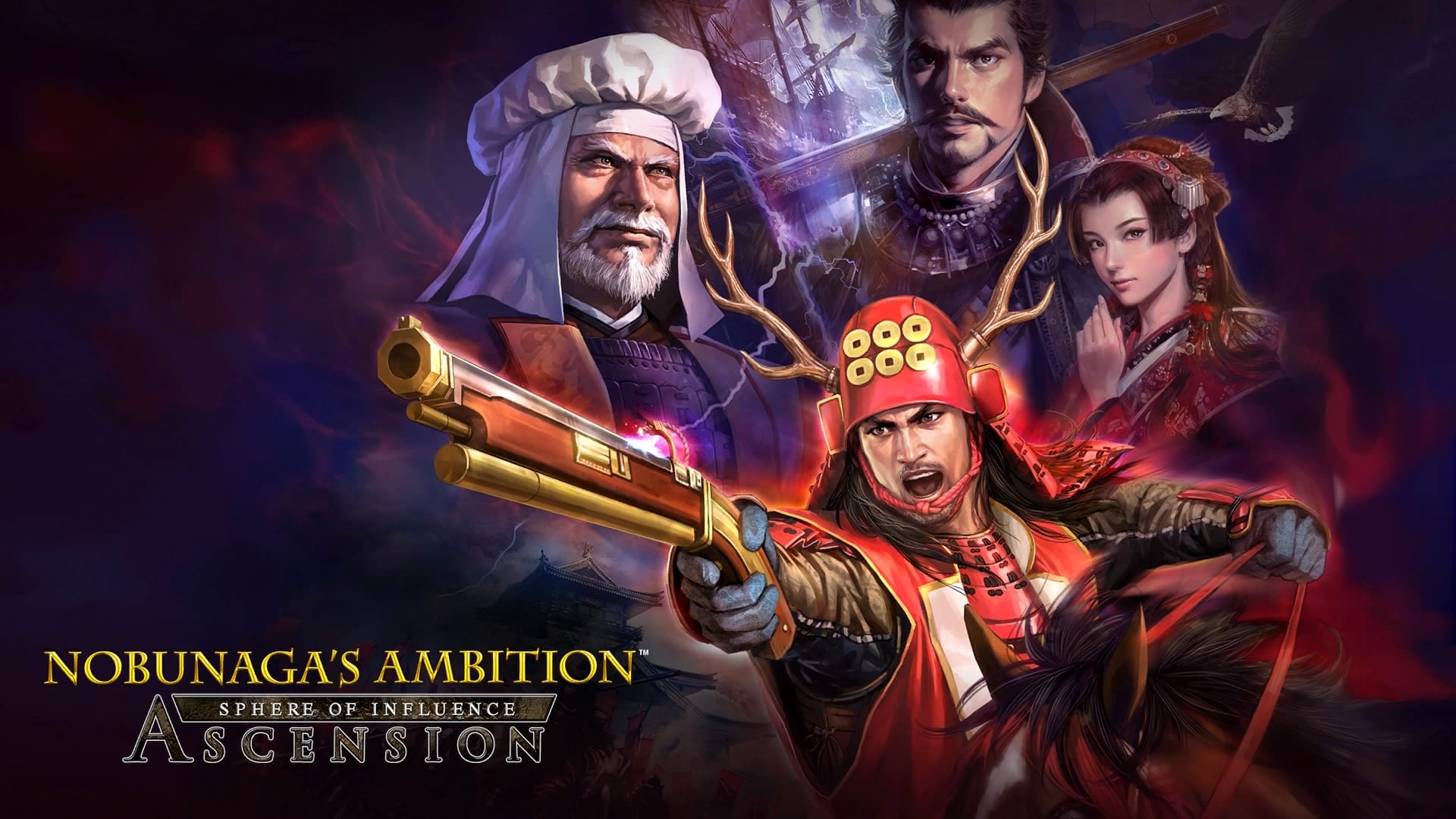
A great strategy title that hides itself behind some pretty inaccessible beginnings. What it lacks in visual flair it more than makes up for in strategic depth. The political system especially gives a great simulation of the trials of leadership. For strategy fans, this should definitely be on your radar. For anyone new to the genre, give it a go but be prepared to exercise patience while you learn how the game works.
User Review
( votes)This review was carried out using a digital copy of the game provided by the publisher. This has no effect on the content of the review or the final score. For more information, please see our review policy.

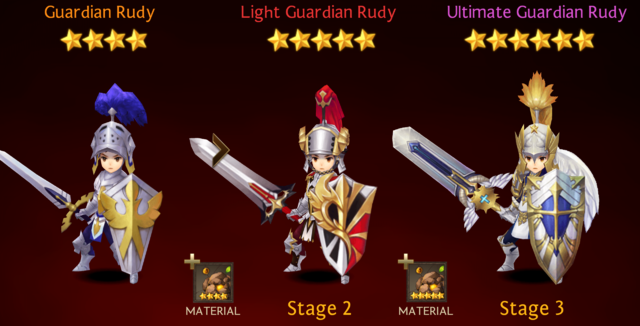
 More Playstation 4
More Playstation 4